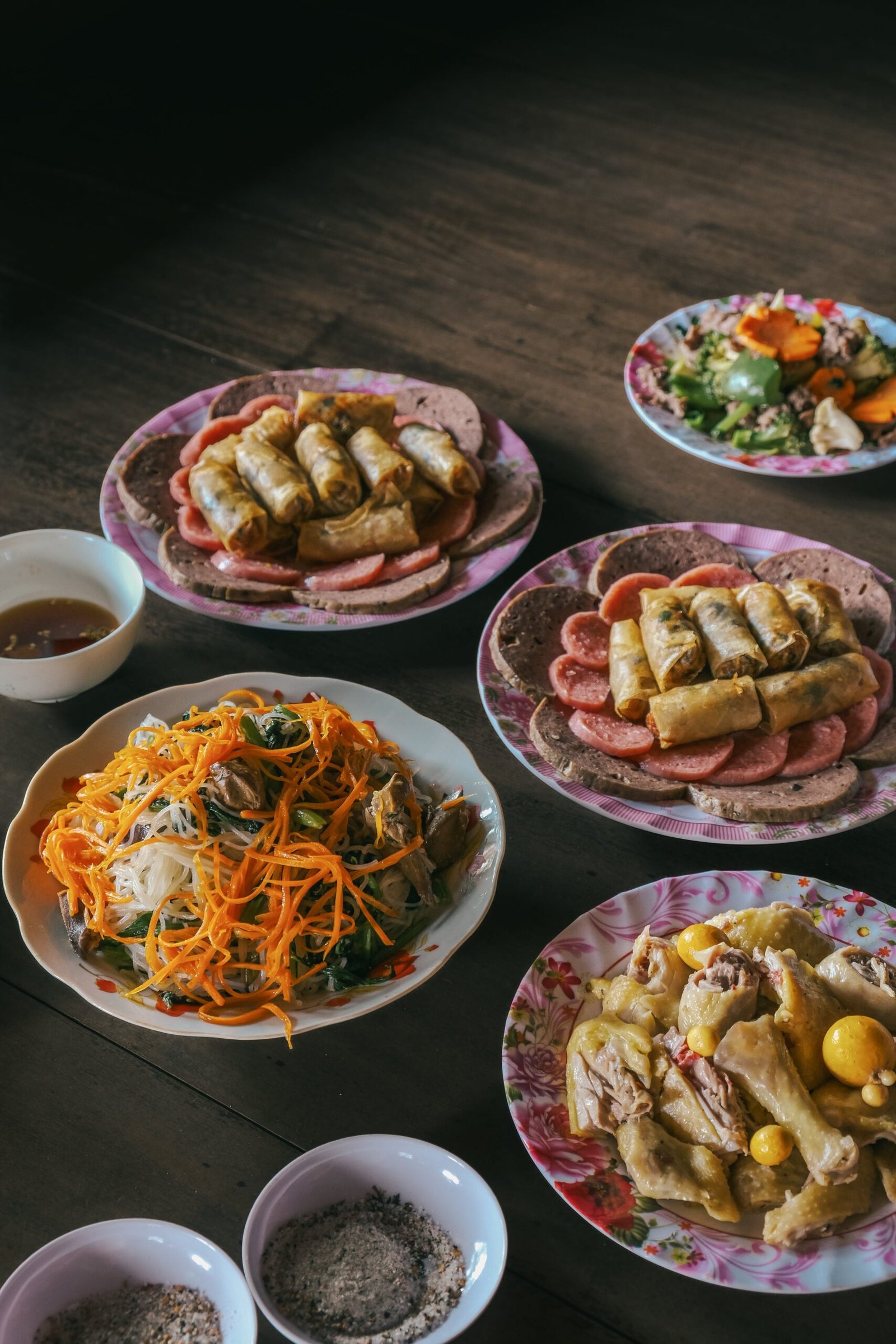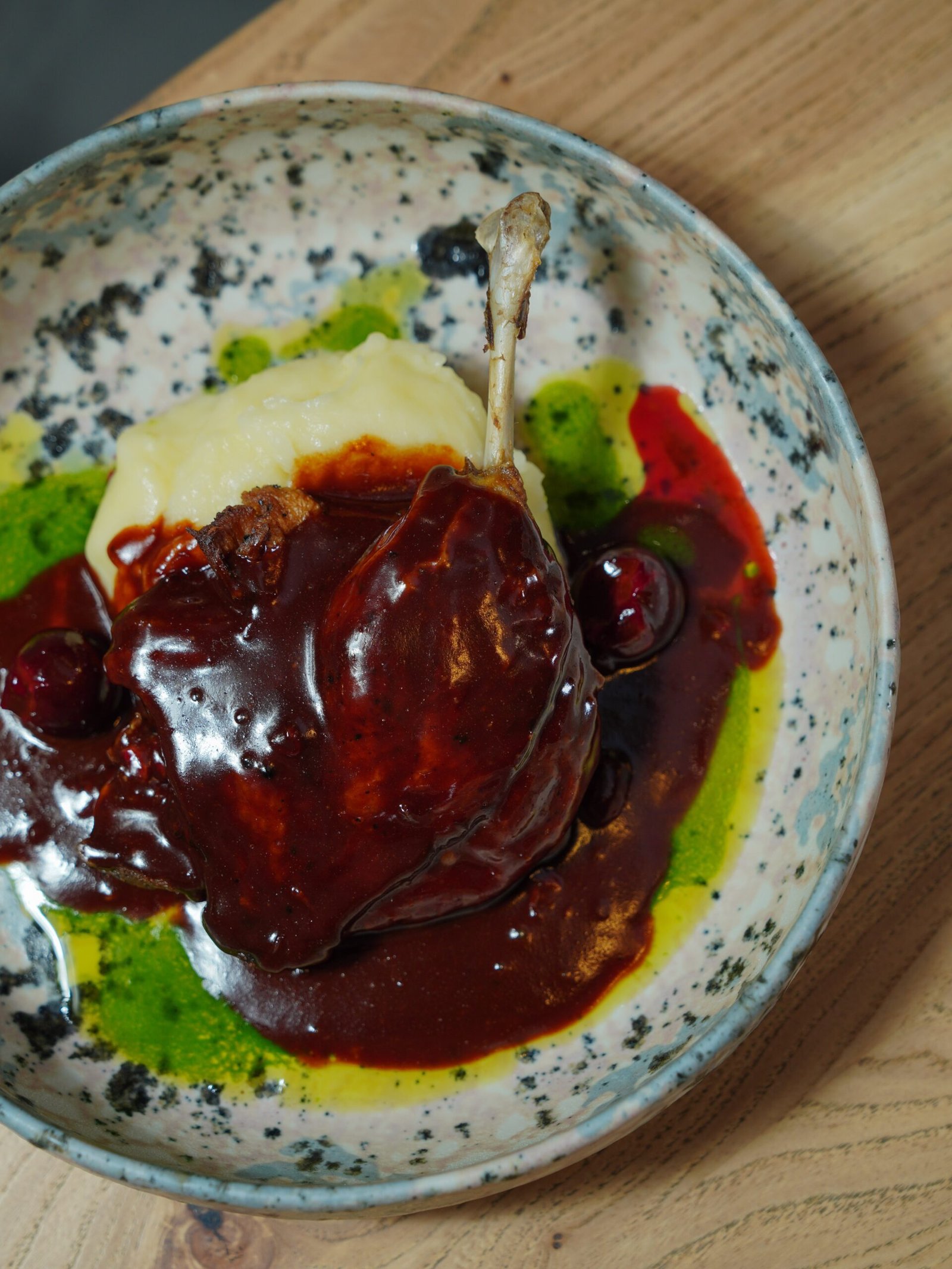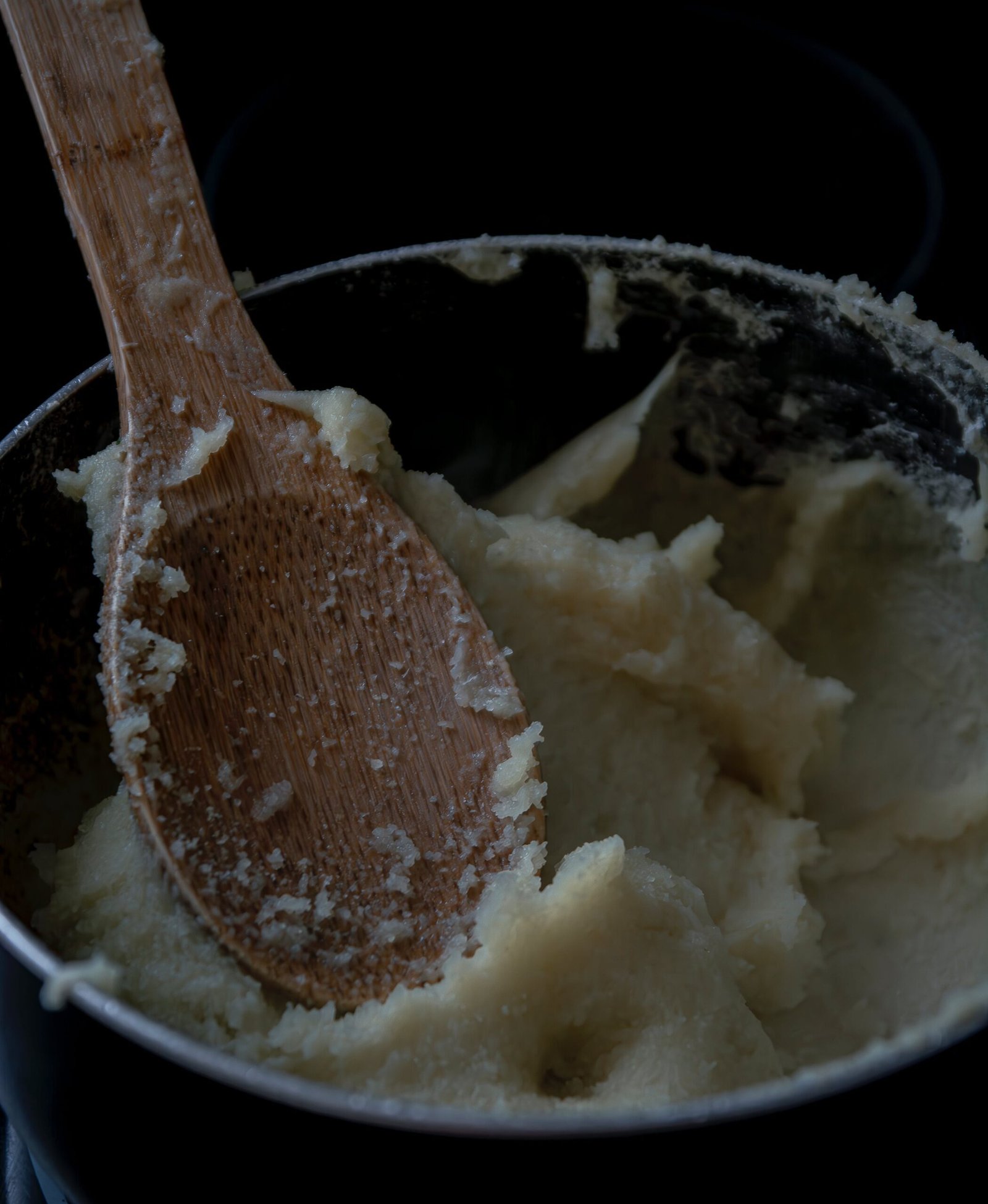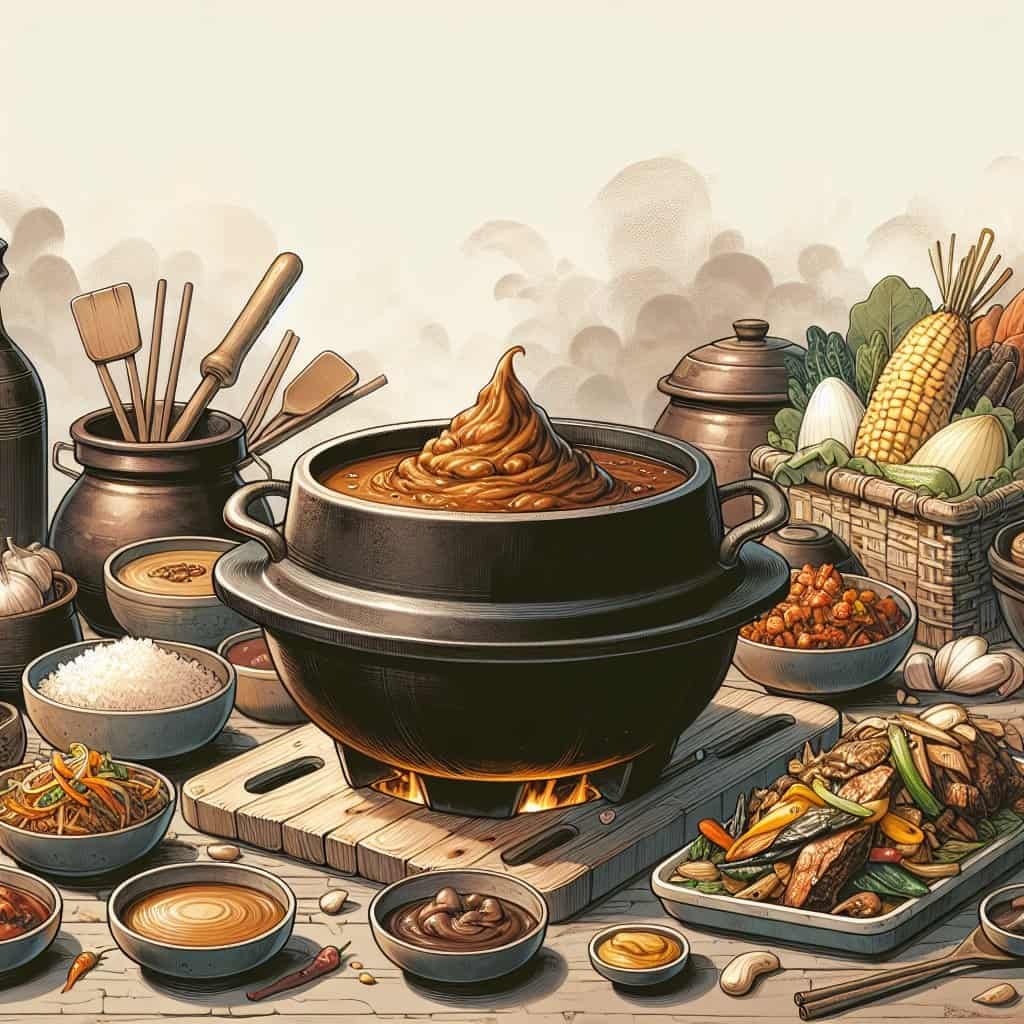If you’re curious about the diverse flavors of Korean cuisine, look no further than the extensive use of fermented soybean paste, known as doenjang. This staple ingredient plays a vital role in numerous popular Korean dishes, creating a distinct umami taste that is both rich and savory. From the iconic doenjang jjigae, a comforting and hearty stew, to the beloved bibimbap, a colorful and flavorful rice dish, there are countless culinary delights that showcase the unique and delicious qualities of fermented soybean paste. Embark on a gastronomic adventure as we explore the world of Korean cuisine and discover the wonders of doenjang.

Korean Cuisine Overview
Korean cuisine is not only delicious but also rich in history and culture. It offers a wide variety of flavors, textures, and ingredients that are sure to tantalize your taste buds. From savory soups to spicy stir-fried dishes, Korean food has something for everyone. In this article, we’ll take a closer look at a staple ingredient in Korean cooking – fermented soybean paste, also known as doenjang.

Traditional Korean Cuisine
Traditional Korean cuisine is based on the principles of balance and harmony. It incorporates a variety of ingredients such as rice, vegetables, meat, and seafood to create well-rounded meals. Fermented foods are also a crucial part of Korean cuisine, as they provide depth of flavor and are believed to have numerous health benefits. Fermentation allows the development of complex flavors while preserving food through a natural process.

Fermented Soybean Paste (Doenjang)
Doenjang, a traditional fermented soybean paste, is one of the most essential ingredients in Korean cooking. It is made by fermenting soybeans and brine for an extended period, usually several months. This slow fermentation process gives doenjang its distinct savory flavor and aroma.
Doenjang is often compared to miso paste, which is widely used in Japanese cuisine. However, they differ in taste and texture. Doenjang has a stronger, more pronounced flavor and a thicker consistency. It is commonly used as a seasoning or base for soups, stews, and sauces.

Importance of Fermented Soybean Paste in Korean Cooking
The significance of doenjang in Korean cooking cannot be overstated. It is the backbone of many traditional Korean dishes, providing a deep umami flavor and complexity. The fermentation process also enhances the nutritional value of soybeans, making doenjang a rich source of protein, vitamins, and beneficial bacteria.
In addition to its nutritional benefits, doenjang is known for its ability to add depth and richness to dishes. Its flavor profile is earthy, salty, and slightly sweet, making it a versatile ingredient that can elevate any recipe. It acts as a natural flavor enhancer and brings a unique tanginess to Korean dishes.

Popular Korean Dishes Using Fermented Soybean Paste (Doenjang)
Now that we understand the importance of doenjang, let’s explore some popular Korean dishes where fermented soybean paste takes center stage:
1. Doenjang Jjigae
Doenjang jjigae is a hearty and comforting stew that is a staple in Korean households. It typically includes a combination of doenjang, tofu, vegetables, and a protein like pork or beef. The flavors meld together to create a flavorful and satisfying dish. The rich and savory taste of the doenjang provides the base for this delicious stew.
2. Bibimbap
Bibimbap, which translates to “mixed rice,” is a colorful and vibrant dish that showcases the diversity of Korean cuisine. It consists of a bowl of steamed rice topped with a variety of sautéed vegetables, marinated meat, and a fried egg. A generous spoonful of doenjang is often added to give this dish an extra layer of depth and flavor.
3. Samgyeopsal
Samgyeopsal, or grilled pork belly, is a beloved Korean barbecue dish. Thinly sliced pork belly is grilled to perfection and served with an array of side dishes, including doenjang. The rich and intense flavor of the doenjang complements the smoky and juicy pork, creating a harmonious combination.
4. Doenjang-guk
Doenjang-guk, or soybean paste soup, is a simple and nourishing dish commonly enjoyed in Korean households. It is made by simmering doenjang with vegetables, tofu, and sometimes seafood or meat. This soup is often served as part of a traditional Korean meal and is considered a comfort food that warms the soul.
5. Dubu-jorim
Dubu-jorim is a popular Korean side dish made with pan-fried tofu and a flavorful soy-based sauce. Doenjang is a key ingredient in the sauce, providing a unique and robust flavor to the dish. The combination of the crispy tofu and savory sauce makes dubu-jorim a delightful addition to any Korean meal.
6. Kongbiji-jjigae
Kongbiji-jjigae is a creamy and indulgent stew made from ground soybean paste. It is known for its velvety texture and rich taste. Pork, tofu, and various vegetables are often added to enhance the flavors. The doenjang in this dish adds a complex and savory element that elevates the overall taste.
7. Ganjang Gejang
Ganjang Gejang is a popular dish in Korea, especially during the summer months. It involves marinating fresh raw crabs in a soy sauce-based marinade. Doenjang is often added to the marinade to provide an extra layer of complexity and savoriness. The result is a flavorful and refreshing dish that is perfect for seafood lovers.
8. Bossam
Bossam is a traditional Korean dish that consists of boiled pork belly wrapped in lettuce or Napa cabbage leaves. Doenjang is commonly used as a dipping sauce for the tender and succulent pork. Its bold taste enhances the flavors of the meat, creating a harmony of flavors that is simply irresistible.
9. Yukhoe
Yukhoe is a raw beef dish that is similar to steak tartare. The beef is thinly sliced and seasoned with various ingredients, including doenjang. The doenjang adds a salty and savory note to the dish, enhancing the natural flavors of the beef. Yukhoe is often enjoyed as a special treat or as part of a celebratory meal.
10. Naengmyeon
Naengmyeon is a cold noodle dish that is perfect for hot summer days. It features long, chewy noodles served in an icy broth with various toppings. Doenjang can be added to the broth to give it a deeper flavor. The combination of the cold noodles, refreshing broth, and the umami kick from the doenjang make naengmyeon a refreshing and satisfying meal.
In conclusion, fermented soybean paste, or doenjang, is a fundamental ingredient in Korean cuisine. Its deep umami flavor and complex profile make it an essential component of many popular Korean dishes. From hearty stews to refreshing cold noodles, doenjang adds depth and richness to a wide variety of recipes. So, if you’re looking to explore the flavors of Korean cuisine, don’t forget to savor the magic of fermented soybean paste. Your taste buds will thank you!
